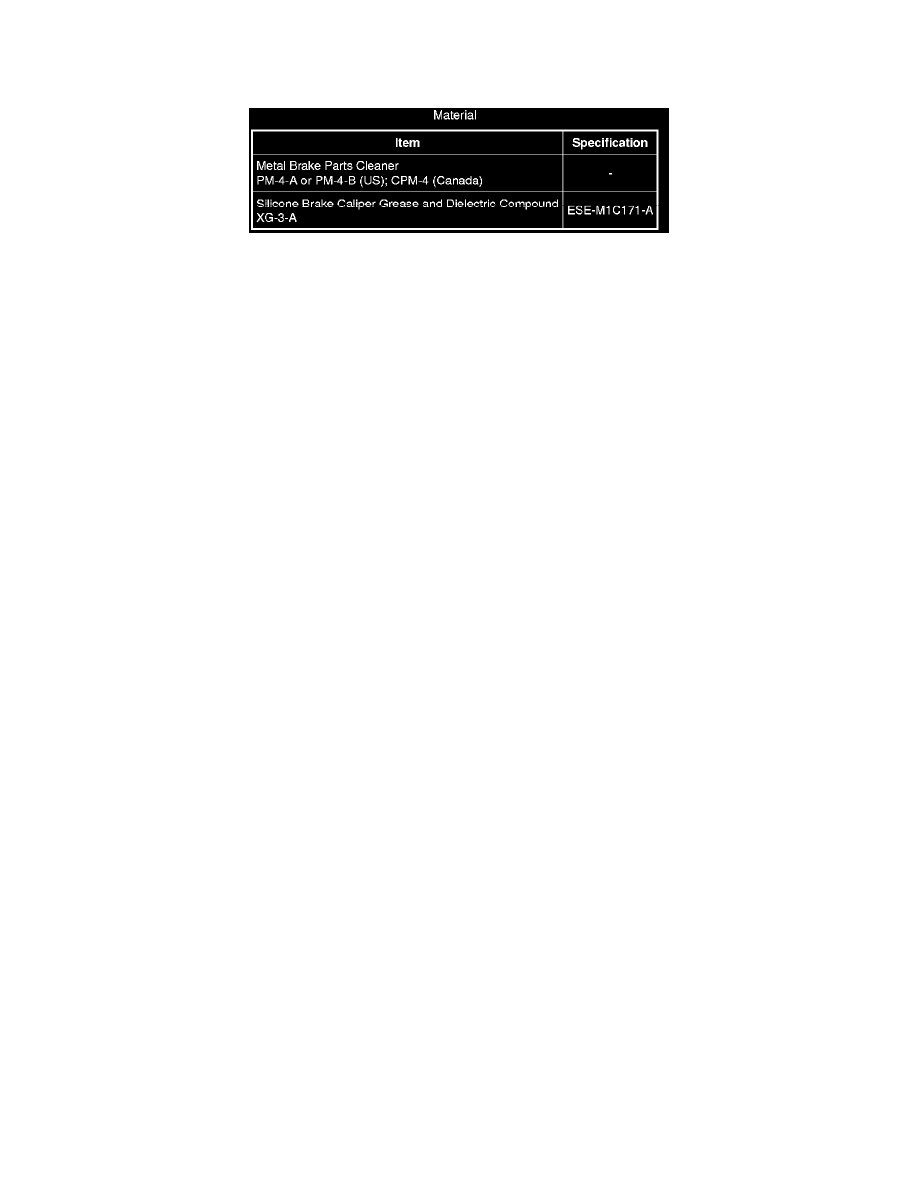F 350 2WD Super Duty V10-6.8L (2009)

Brake Hose/Line: Testing and Inspection
Brake System Inspection
Brake Flexible Hoses and Tubes
NOTICE: Never use copper tubing. It is subject to fatigue, cracking and corrosion, which may result in brake tube failure.
NOTE: Double-wall steel tubing is used throughout the brake hydraulic system. All brake tube fittings must be correctly double flared to provide strong,
leakproof connections. When bending tubing to fit the underbody or rear axle contours, be careful not to kink or crack the tube.
1. Inspect brake tubes for corrosion, cracks, leaks or any other signs of damage.
-
If a section of the brake tube is damaged, the entire section must be installed with a new tube of the same type, size, shape and length.
-
When installing the hydraulic brake tubing, hoses or connectors, tighten all connections to specifications. After installation, bleed the brake
system. For additional information, refer to Brake System Bleeding See: Brake Bleeding/Service and Repair/Brake System Bleeding.
2. Inspect the brake flexible hoses for cracks, leaks and swelling during brake application or any other signs of damage.
-
Install a new brake flexible hose if the hose shows signs of softening, cracking or other damage.
